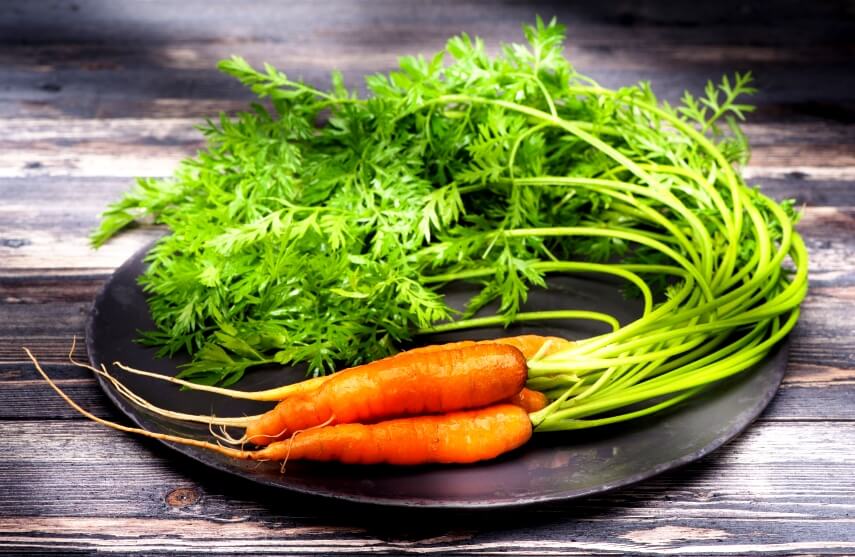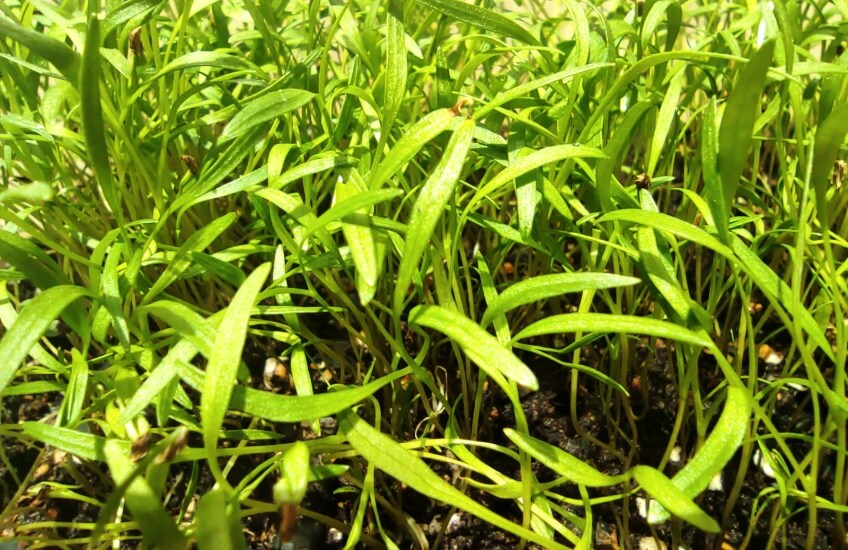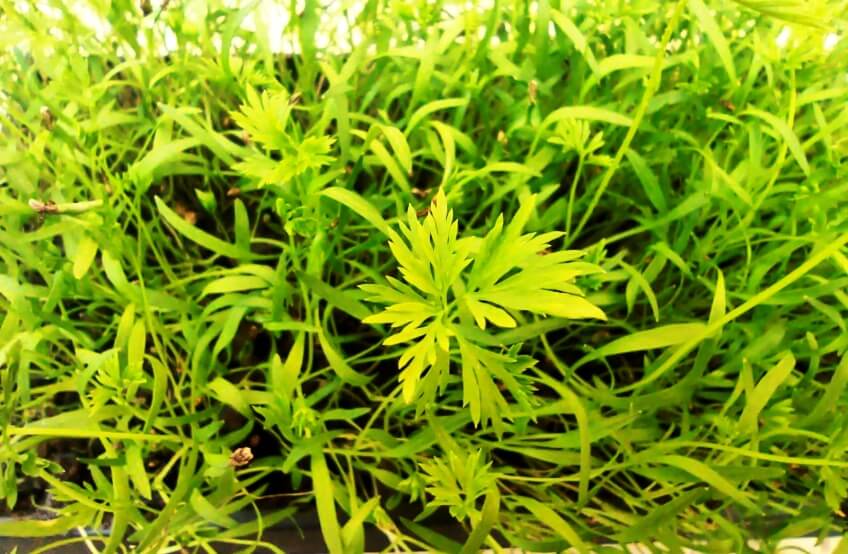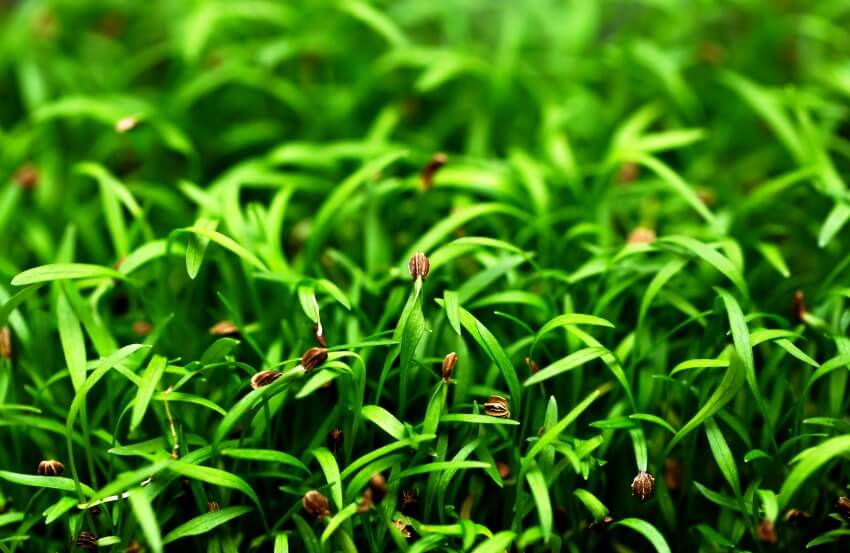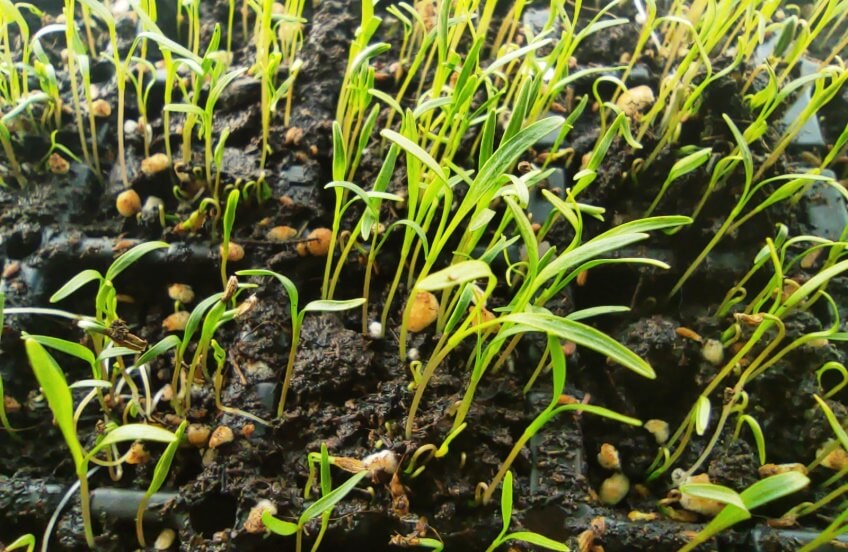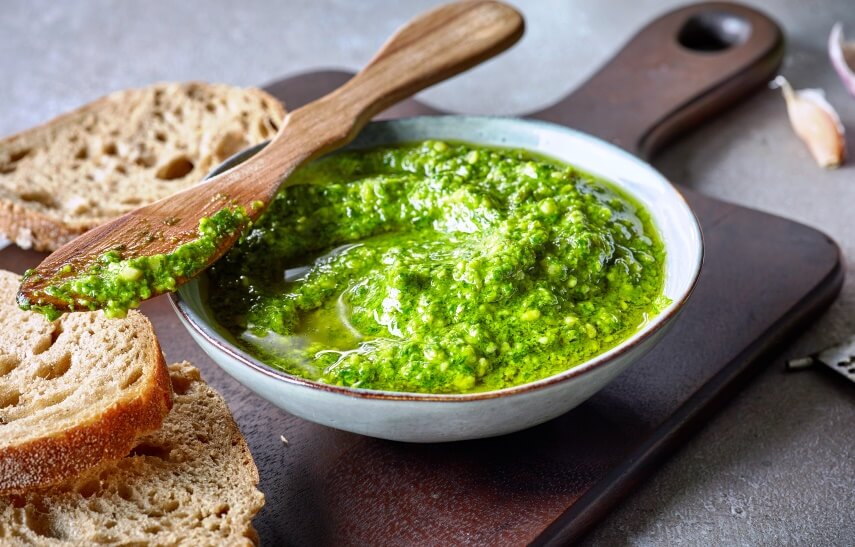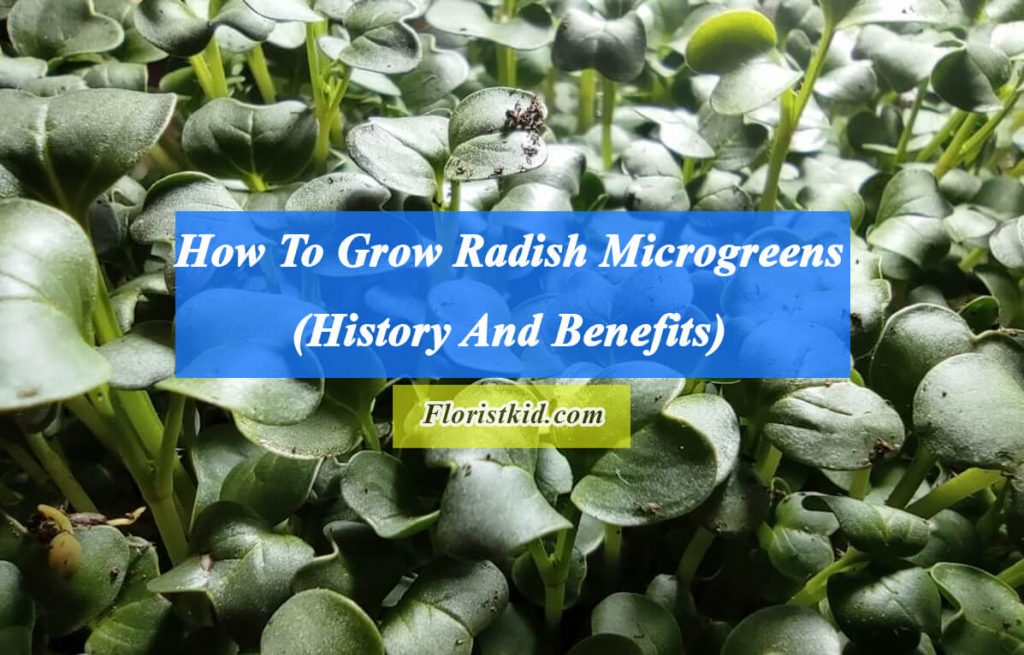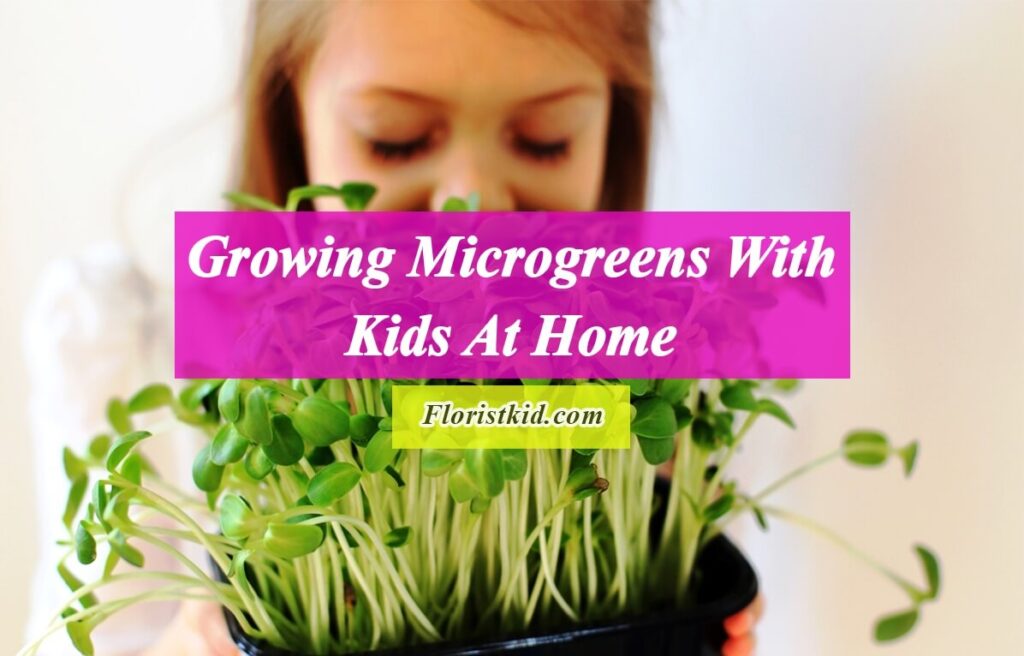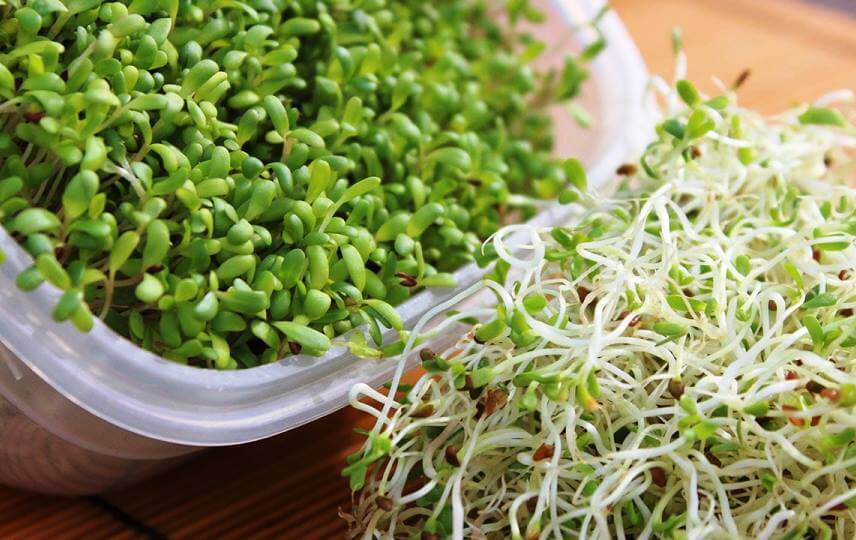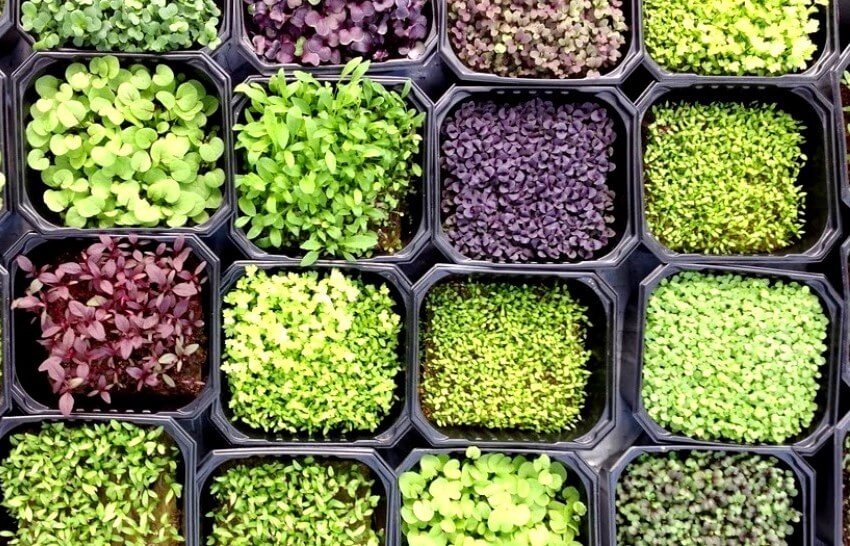One of the slowest microgreens you can grow is carrot. Carrot microgreens typically take 18 to 25 days to harvest, depending on the cultivar. However, this microgreen is worth growing since it has an attractive ferny top, distinctive flavor, and texture.
If Like to know more about microgreens, check these articles:
<<What Are Microgreens >> and <<How To Eat Microgreens>>
Carrot History
The carrot (Daucus carota subsp. Sativus) is a root vegetable that is usually orange in color. However, purple, black, red, white, and yellow colors also exist. There are also domesticated varieties of the wild carrot (Daucus carota) indigenous to Europe and southwestern Asia.
The plant possibly came from Persia. The carrot’s taproot is the most frequently consumed component; however, the stems and leaves are also consumed.
carrot is a member of the Apiaceae family. It initially develops a rosette of leaves while expanding the taproot. Fast-growing cultivars reach maturity 90 days after the seed is sown, whereas slower-growing cultivars require an additional month (120 days). The roots are a good source of vitamin A, K, and B6. They also have high levels of alpha- and beta-carotene [1].
Carrot microgreens overview
| Family | Apiaceae |
| Nutrition | Vitamin A, B6, C, calcium, sodium, Magnesium, Phosphorus, Potassium, Manganese and iron |
| Average days to germinate | 6 to 10 days |
| Average days to harvest (after germination) | 12 to 18 days |
| Difficulty | Medium |
Carrot microgreens Nutrition
Vitamin A, vitamin B6, dietary fiber, vitamin C, calcium, magnesium, phosphorus, potassium, manganese, and iron are among the many nutrients found in carrot microgreens. One cup of these raw greens contains about 90 calories and contains no fat or cholesterol. In addition, carrot greens include antioxidants, vitamin K, other phenolic compounds, and carotenoids [2].
Carrot microgreen Health Benefits
The significant benefits of carrot microgreens are their positive effects on digestion, blood pressure, eye health, kidney function, and immunity system [3].
Help Boost Immune System
Carrot microgreens can help improve your immune system, defending your body against illnesses and foreign pathogens. They have known cleansing qualities, vitamin C, and a considerable quantity of antioxidants.
Improve Vision
Carrot microgreens are rich in antioxidants, including lutein, zeaxanthin, and beta-carotene, just like carrots. These substances can lessen the risk of free radicals causing eye damage. Additionally, these microgreens have a significant amount of vitamin A, which supports eye health.
Eliminate Toxins
According to studies, the active components in carrot microgreens might enhance kidney function and swiftly remove toxins from the body. You can include this microgreen in salads and soups.
Regulate Blood Pressure
This microgreen contains a lot of potassium, which the body uses as a vasodilator. This can assist relieve stress and strain in the blood vessels and arteries.
Aid in Digestion
Due to the high dietary fiber content of micro carrots, they can assist in enhancing digestion by promoting peristaltic activity and improving the efficiency of nutrient absorption in the gut.
How to grow carrot microgreens
It takes 6 to 10 days for the carrot to germinate. Allow it to reach 2 to 3 inches tall and then harvest them. You can harvest them almost 21 to 28 days after planting. The procedure of growing carrot microgreens is almost similar to other microgreens. Read the <<Growing Microgreens >> article to learn more about the general method for growing microgreens.
carrot microgreens Growing Tips
Growing tips
- All types of carrots can produce successful microgreens.
- Carrot microgreen seeds are so tiny, so they do not require presoaking. They can easily absorb water from the soil.
- Carrot seeds need 75° F or warmer soil to germinate.
- When the majority of the seeds, at least 80–90%, have reached a tiny size, set the growth tray below the grow lamp and turn it on for at least 12 hours per day.
Harvesting Tips
- You can wait to harvest carrot microgreens until they develop their first true leaves since These microgreens retain their excellent flavor and soft texture at this stage.
- Cut the microgreens just above the soil line with your kitchen shears.
carrot microgreen pesto recipe
carrot greens are rich in flavor and nutrition. As a result, it is worth making a delicious carrot microgreen pesto to serve with soups, roasted vegetables, salads, or just spread over toast.
Pesto made with Carrot microgreens pairs well with roasted vegetables, pasta, salad, and soup. However, the fresh carrot greens can be used to make salsa verde or chimichurri and herbs or salad greens [4].
Carrot microgreen pesto Ingredients
(1cup = 240ml; 1tbsp = 15ml; 1tsp = 5ml)
- 1 cup Carrot microgreens
- ¼ cup Pine nuts
- 1 tsp Lemon juice
- 2 tbsp Olive oil extra virgin
- 1 clove Garlic
- 1 tbsp Nutritional yeast optional
- Black pepper to taste
- Salt to taste
How to make carrot microgreen pesto
- Carrot microgreens should be harvested and thoroughly washed under running water.
- In a food processor or blender, combine all the ingredients and mix until completely smooth. If more oil is needed, add it.
- Before transferring to a glass jar, check the seasoning. You can keep this pesto in the fridge for two to three days.
Conclusion
Although carrot microgreens have the same flavor as mature carrot leaves, they contain far more nutrition, such as antioxidants, vitamin A, and carotenoids. Vitamin B, D, E, phosphorus, potassium, and magnesium are also available in carrot microgreens.
Compared to other microgreens, carrots germinate more slowly. Consequently, they require more time to harvest. Carrot microgreens have a lacy, dill-like texture. You may add carrot microgreens to soups and salads or make a delectable pesto with them.


